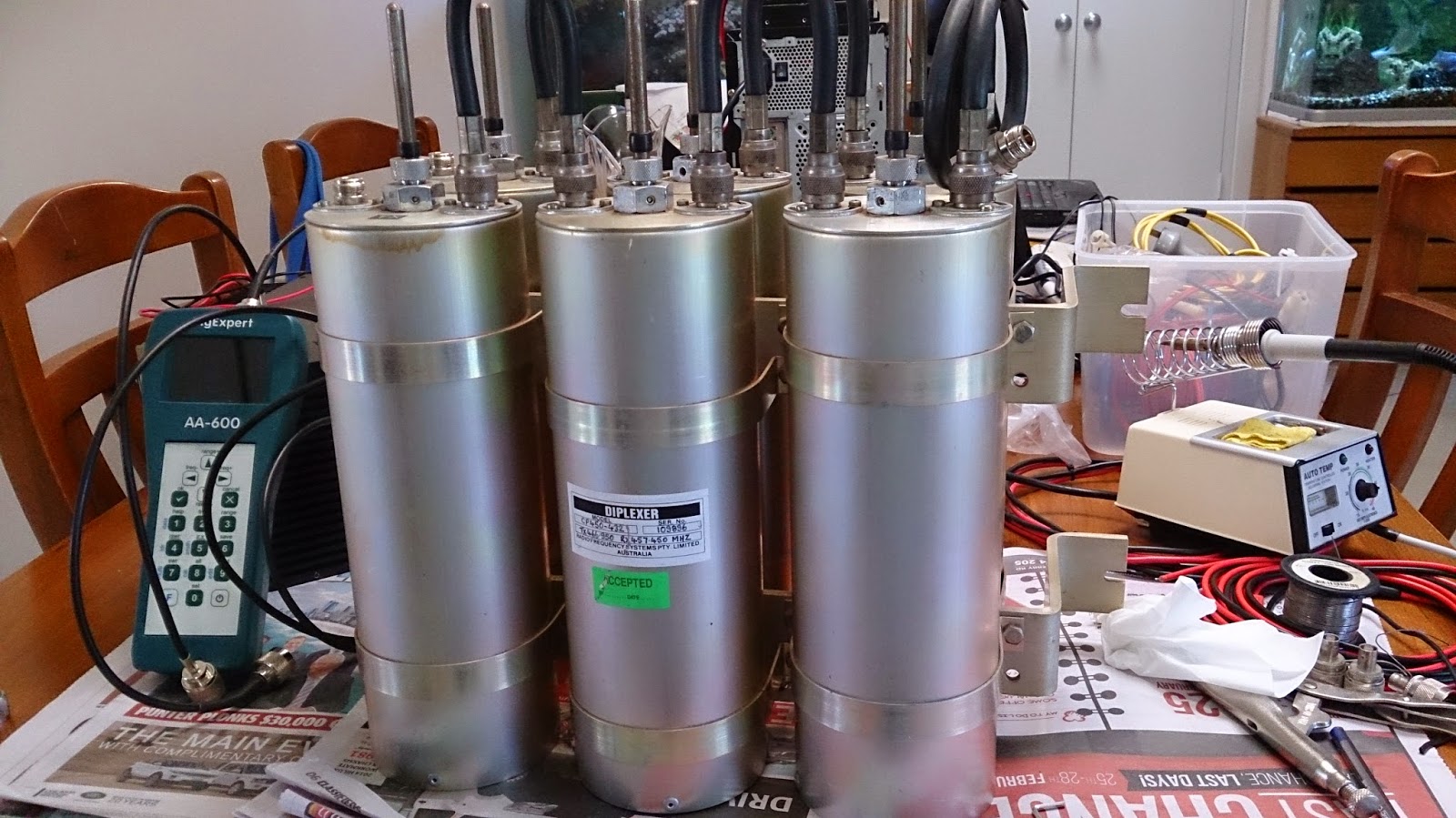IDSG101/GK101 10MHz touchscreen Function/Arbitrary Waveform Generator

IDSG101/GK101 10MHz touchscreen Function/Arbit rary Waveform Generator Arbitrary waveform capability is compatible with The GK101 10MHz touchscreen Function/Arbitrary Waveform Generator is a indigenous-Chinese designed instrument with significant capabilities at low cost. It is part of the emerging Chinese-designed equipment industry where the design is in-house rather than a copy or licenced design from overseas. Historically, this pattern follows Japan and Korea in indigenous design. China educates more engineers each year as the total number of engineers in the UK, so it is perhaps not surprising. At the moment, there is not a lot of English language support for the GK101. I bought my GK101 for US$99 from InstradStudio, the distributor for the AirSpy SDR (Software-Defined Radio),: http://imall.iteadstudio.com/featured-product/im141013001.html . It is available from eBay at a higher price. There is a wiki for the device: http://wiki.iteadstudio.com/IDSG101 . It provides most

